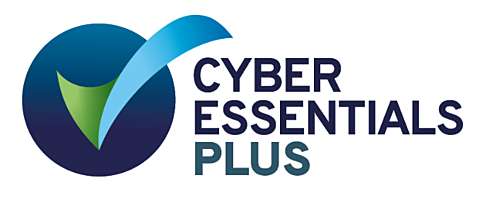Consolidating Advisers
13 Dec 2021
Bringing it all together
Where a company has a number of legacy pension schemes as a result of acquisition, it is not unusual to find them administered by different parties. In this example, our client had many legacy schemes (all closed) and five different administration providers.
They had been focusing on streamlining and rationalising their arrangements for some time. They had already created a common Trustee Board, and consolidated actuarial and investment advice as part of a larger project to bring the schemes under a single Trust Deed. Administration services were next on the agenda.
We were appointed to assist in selecting a suitable administration provider and help the Trustee through the challenges presented when consolidating advisers.
Be wary of the challenges
There are inherent risks in administration and the potential for costly errors. Therefore, the Trustee needed to be comfortable that they weren't moving to an administrator for the wrong reasons. Consolidation was not treated as an end in itself, and lower costs were not the only driver in choosing a provider. Yes, of course, the Trustee wanted efficiencies and cost-savings, but they also wanted to minimise risks, improve governance and ensure that members received a good service.
A particular challenge of consolidating advisers is the management of the incumbents. You need to ensure that they are treated fairly and are bidding on an open playing field. Providers should be judged on their capability to deliver a service to the consolidated scheme. Equally, the administrator needs to be encouraged to view the opportunity as if the Trustee were a new client.
The removal of any preconceived notions will lead to a more competitive tender, where each provider feels equally able to win the contract. This will give a better solution, with the selected provider best able to deliver services to the consolidated arrangements.
Plenty of benefits, plenty of risks
In the end, the Trustee selected one of their incumbent administrators. Although costs were slightly higher than the runner-up, the transition risk was minimised by their incumbent status. Overall, cost savings were still achieved, and a year down the line good member service has been secured. Additionally, the Trustee now has simpler administration governance with all schemes being under one roof.
Consolidation can bring significant benefit, but you should not ignore the challenges. You need to approach it with an open-mind, sensitive to the incumbents and wary of the risks involved. You need to ensure you are pursuing the right goals and have fully assessed what you hope to achieve from consolidation and considered whether these are realistic goals.
Key learnings
- Establish your goals and objectives before the process starts, and test that they are achievable.
- The benefits are evident, but these should not be pursued if the risks outweigh the possible gains.
- You need to approach the selection of a provider with an open-mind, and be wary of the challenges involved.


